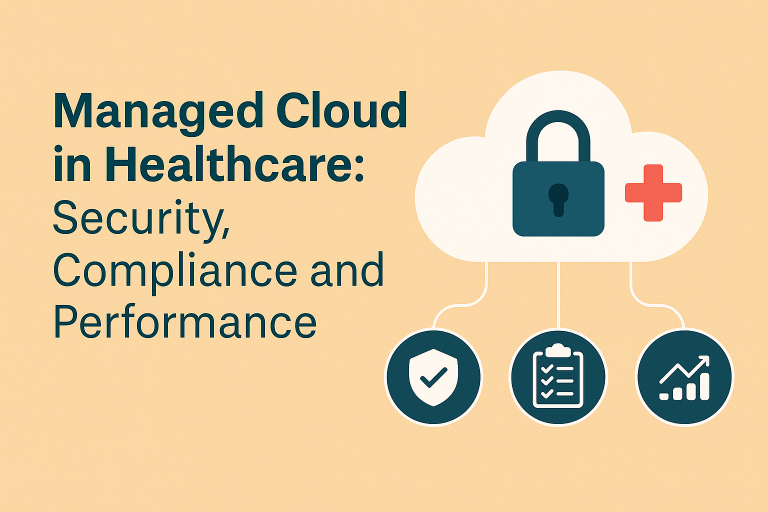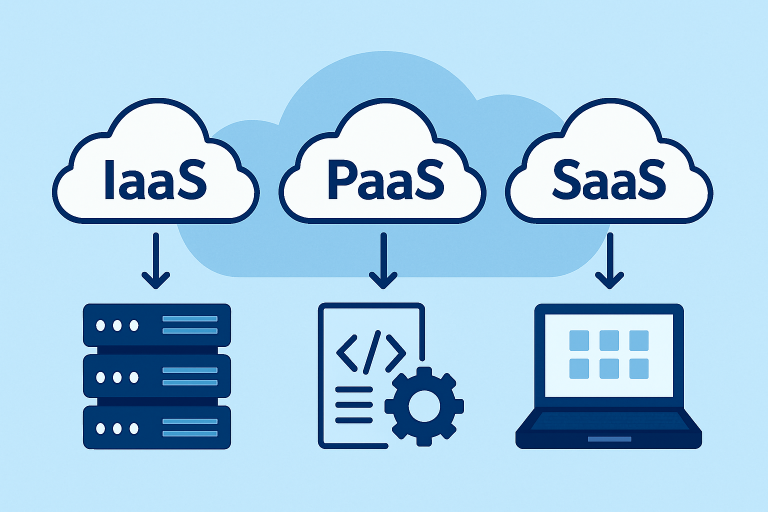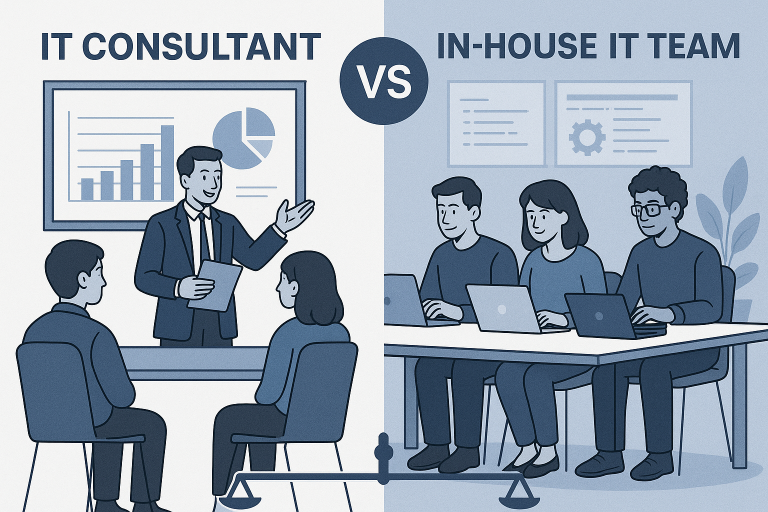The pandemic crisis was a huge strike on health, economy, business—everything. Several organizations had to alter their production processes, work culture, and supply chains for service delivery and business continuity. To withstand the business competition in a post-COVID world, the organizations had to reassess their existing business process and make a lot of changes.
Digital transformation is no longer an option
When the Covid-19 pandemic gripped the world in the first quarter of 2020, organizations with three to five-year digital transformation plans were enforced to execute the transformation within a few months or days. Otherwise, they won’t be able to serve their customers or continue the business processes with distributed workforce or minimal manual labour. Until now, multiple organizations are adopting the transformation to get access to cutting-edge technologies for business continuity and growth.
Businesses are pushed towards digitalization for new skills, strategies, technologies, and priorities. Cloud and associated digital technologies greatly influence business decisions for better customer service in the post-COVID era. For the best performance, businesses need to draw up a roadmap for cloud migration to have a complete cloud adaptation. The companies, who have already incorporated cloud services, can continue productivity during lockdown depended on their cloud readiness.
Considering the advantages of public and hybrid cloud platforms, businesses — be it large corporates, MSMEs, or start-ups — align their business transformation efforts with cloud adoption. Instead of relying on on-premise infrastructure and technologies, it’s time to consider digitalization and cloud-based services for a better future. To provide exclusive services to the customers and satisfy their requirments, businesses embrace exclusive technologies like cloud, Internet of Things, artificial intelligence, machine learning, blockchain, big data analytics, and so on. All these can be beneficial to drive innovative and profitable business models.
How CIOs can facilitate the transformation
A chief information officer (CIO) is the tech- executive of an organization responsible for the management, implementation, update, and usability of information technologies and computer systems. When planning digitalization, it is always good to have an expert’s guidance and suggestions for a smooth transition. A chief information officer interprets business information requirements to support the decision-making process with technology requirements. There are multiple reputed IT infrastructure consulting service providers available in the market which have experienced CIOs to provide valuable advice and guidance throughout the migration process.
The difference a cloud makes
When digital transformation is the bull’s eye, integration of the cloud is one of greater efficiencies. Businesses no longer need to invest in their servers or data centre and even can scale the usage to meet the exact requirement on any given day. Now, these are cost-efficient arrangements for businesses driving to digitalization. Apart from these, cloud computing comes with many other opportunities. A cloud transition initiates a huge change in how an IT department manages its processes —including infrastructure, data security, compliances, and so on. Cloud computing services have a significant impact on every aspect of how technology supports the business.
Resolving infrastructure and cost challenges
Though organizations are adopting cloud technologies for the past few years, it is always safe and easy to continue the migration under the supervision of an expert. CIOs are the experts to deal with the different types of infrastructure challenges. But there are some loose ends of cloud computing that CIOs are still struggling to deal with, such as lack of central control, the complexity of infrastructure, unpredicted expenditure, security, compliance, and so on. Currently, public cloud technology has evolved to address these challenges in the most efficient way.
1. Managing Complexity:
IT infrastructure is being complicated day-by-day with the development of technologies, and it is not always possible to have all desired cloud services from a single vendor. In such a situation, an experienced CIO is a right person to deal with multiple vendors to get the right cloud resources according to your business requirements. CIOs have the expertise to select the best of breed solutions for your organization, and they also help in the integration of cloud solutions into the infrastructure. Apart from managing multiple vendors, the management of various clouds and technologies is also a huge challenge. To simplify infrastructure management, CIOs prefer a single window or single pane of glass resource management system. So, they generally go for tools like cloud orchestration, dashboards, APIs, etc., for managing multiple cloud resources and infrastructural complexity.
2. Lower costs:
Demands on IT resources and tech updates are ever-increasing, and most of the organization can’t upgrade the budgets accordingly. The lack of billing transparency is also added burden to proper cost management. Adaption of public cloud services can address both issues —
a. It offers huge cost savings as you don’t have to make any upfront capital investments in infrastructure. You don’t have to make additional investments to upgrade on-premise infrastructure – instead, you can use the up-to-the-minute infrastructure of the vendor and pay only for what you consume. Here the cloud service provider makes investments to grow and uphold the infrastructure.
b. In such an arrangement, the usage of resources is metered —you can view the actual consumption and pay for it on a monthly, quarterly, or annual basis plan. To ensure billing transparency, your CIOs or tech team can monitor the usage information through dashboards and real-time reports.
3. Near-unlimited scalability:
Public cloud offers on-demand resources to meet the exact business requirement throughout the year. The ability to scale up or down helps organizations to avoid overprovisioning or underutilization of deployed resources. Your cloud partners ensure resource availability throughout the year, even when business peaks during festive seasons. In most cases, this scaling happens automatically.
Apart from automated scaling, high reliability, and cost savings, the cloud’s ability to explore the value of vast unstructured data sets is undoubtedly the best—it is an essential feature for IoT and AI. Integration of cloud computing also makes your business agile because it allows you to enhance services and applications quickly.
Key takeaways:
Even just two years back, cloud transition was a matter of choice for big enterprises —they used to go through a long term planning and execution process for successful cloud integration in the business process. But, in the present situation, most industries prefer cloud computing to have easy access to a plethora of tools, resources, server access, data security, and so on. Businesses may take steps to facilitate a move to the cloud and the various business opportunities it unlocks. One of the practical steps to have a smooth cloud journey is partnering with a reliable IT infrastructure management service provider. This will make your transition fast, safe, and secure.







